Vince
In December 2017 I got an email from Vince. He wrote:
"Just wanted to reach out to you to let you know that I'm working on a variety of NS32K boards. When I was in highschool I was so impressed with the 32K line I reached out to the applications engineer for National Semiconductor CPU's in the UK. Amazingly they sent me samples but I was never in the position to do anything with them back in the 80's because I couldn't afford the tools to design a PCB or get the PCB manufactured. The chips have been with me, through high school, university, and now work (I graduated in 1990). I kept meaning to pull the trigger on building something after I saw your site a year or so ago .. that galvanized me so I built a prototype on breadboard a year ago. This year I decided to do it all properly now that I can afford the tools to do the job right AND that manufacturing the boards is incredibly reasonably priced if you purchase them from China."
As an application engineer it is very important to support young people. You never know if he or she will be the next Steve Jobs...
"Big thanks to the applications engineer at National who was willing to listen to some kid calling him from Hackney in East London using the phone of the Indian grocery store next door :-) Sadly I do not remember the National engineers name BUT he is forever my hero."
It would be nice if the engineer will read this!
The NS32008 Project
Obviously it is not unusual to build a computer prototype on a solderless breadboard. And the CPU of choice for such systems is the NS32008. Vince was a little more cautious and his system is running at only 4 MHz.
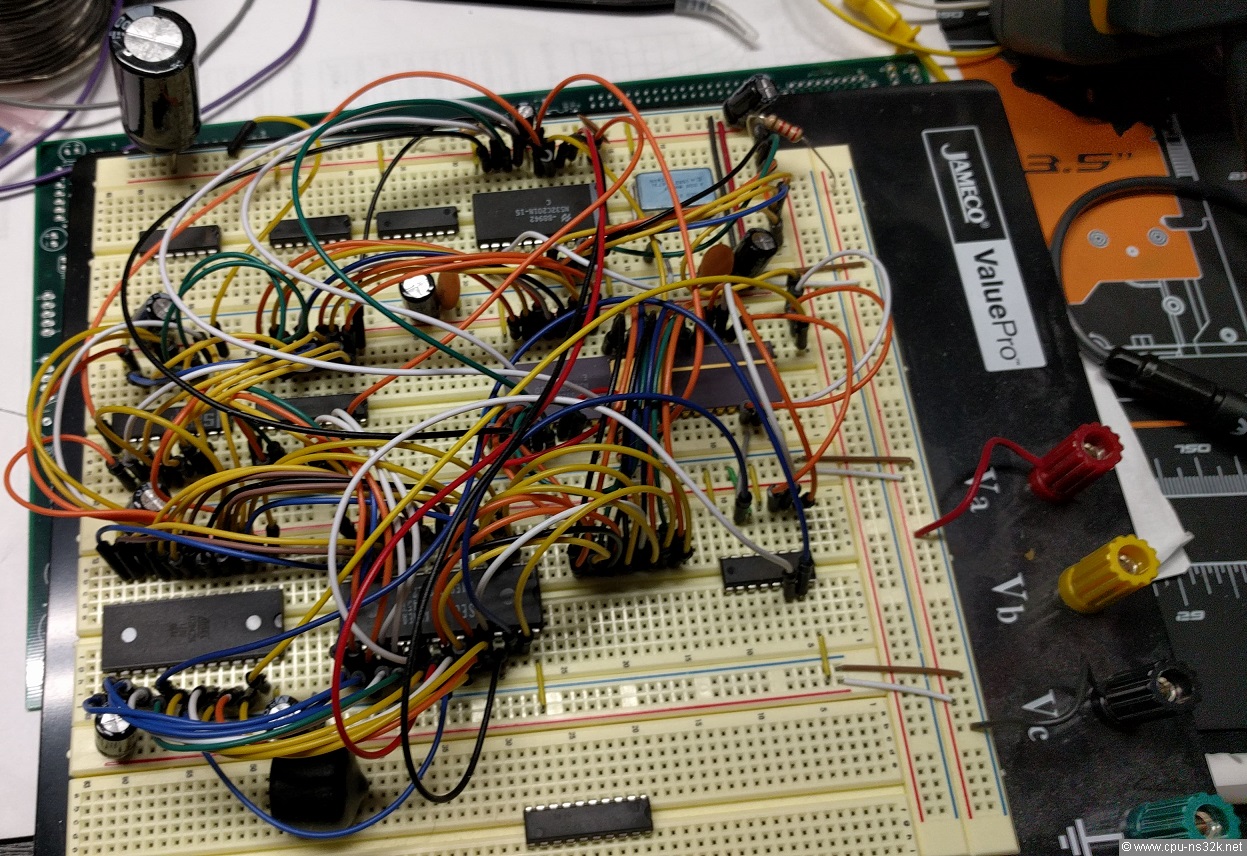
Fig. 1. The NS32008 prototype on a solderless breadboard.
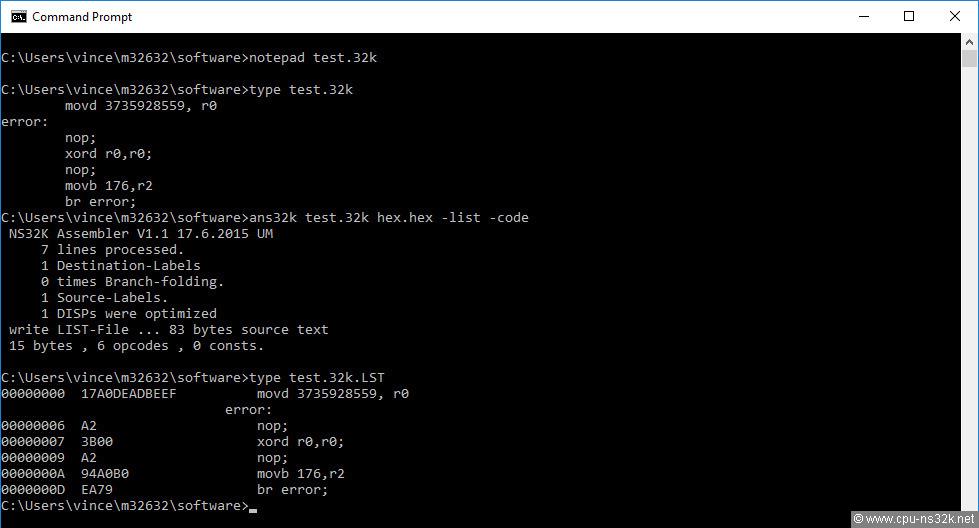
Fig. 2. The first test program for the prototype: it is a simple loop.
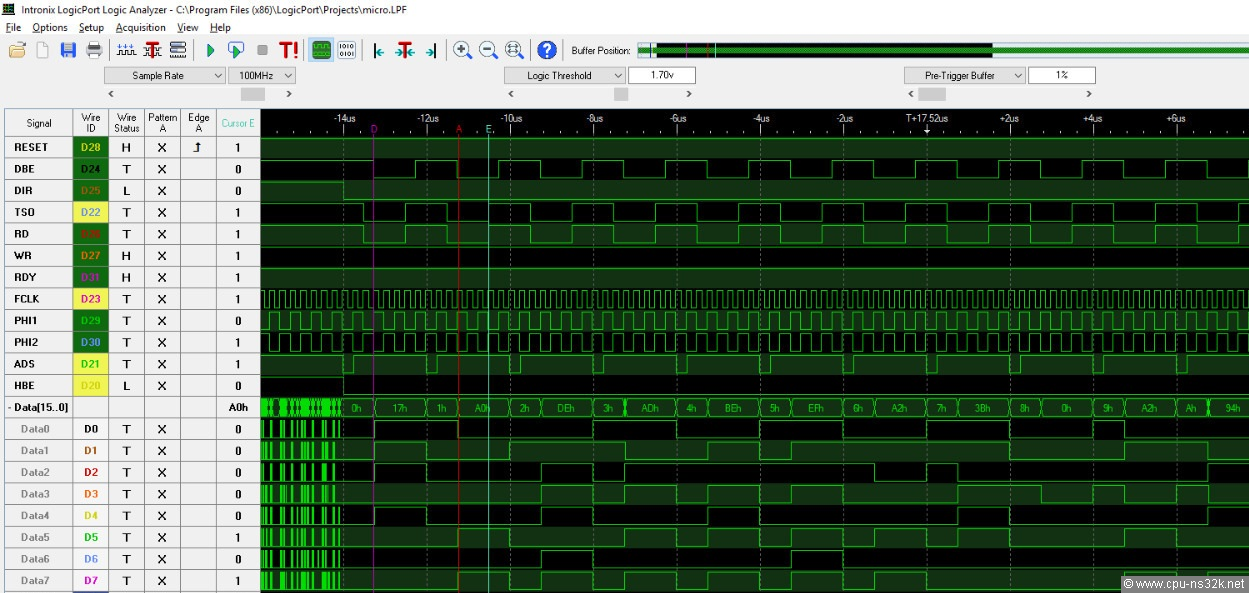
Fig. 3. The prototype is fetching bytes from memory like it was planned in the first test program. A memory fetch cycle takes 4 clock cycles.
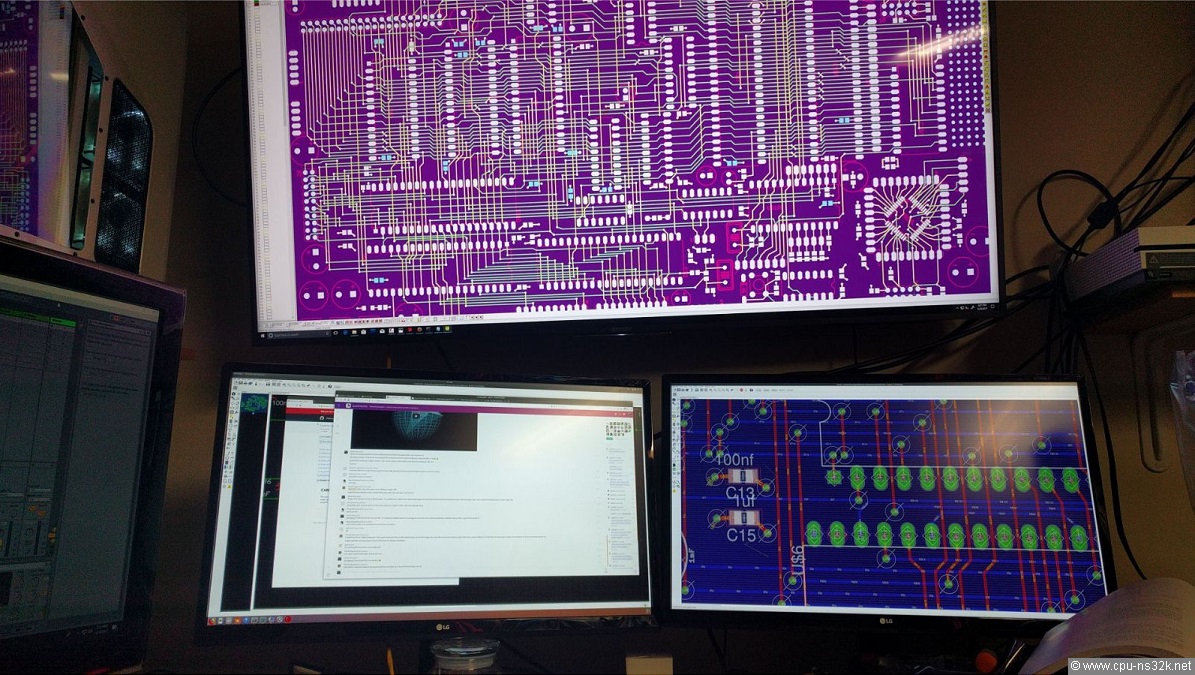
Fig. 4. The PCB design goes full steam. By the way Vince owns an impressive computer room!
The PCB for the NS32008 system is Vince first large 4 layer PCB. It uses the inner planes for power and the outer planes for signals. Vince wrote about the result of his work:
"There are 5 errors on the board which required cutting tracks or raising chip pins. The 16550 had some pins pulled up to the wrong power plane. Even though I'm an electronics engineers by training I have only ever written software in my career."
Now he is on the right track ;-)
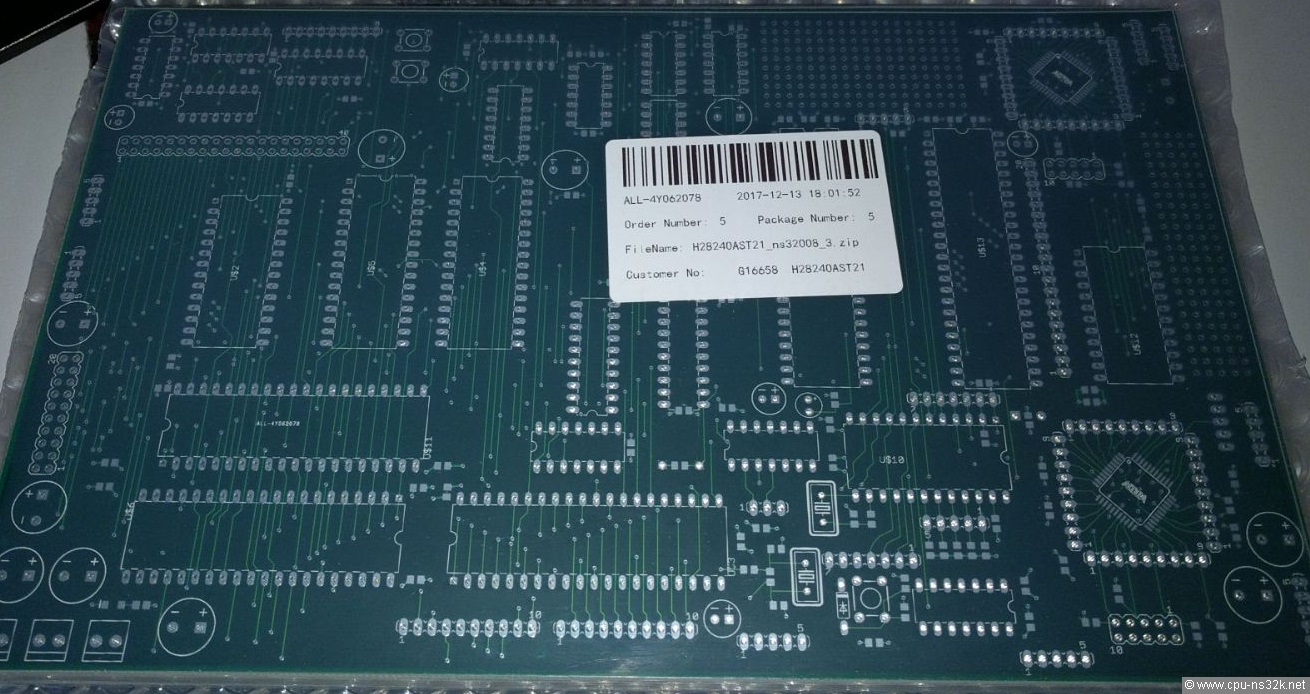
Fig. 5. The PCBs were delivered from China. Vince ordered 5 pieces but got 11.
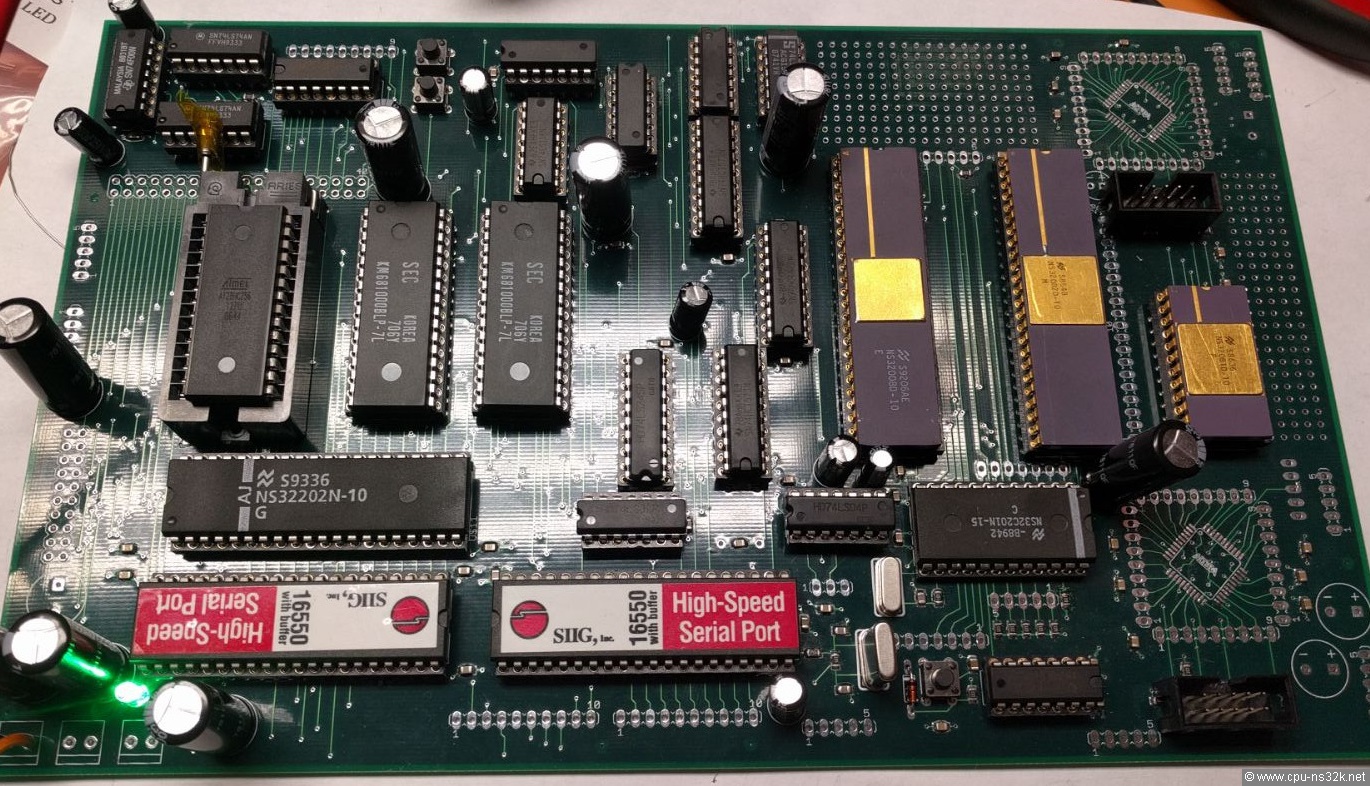
Fig. 6. The board is ready for testing. Funny is the label on the UARTs. The TCU is the NS32C201 in a plastic package.
Surprisingly Vince designed in the NS32082 MMU. But the poor man's CPU NS32008 can not use it. This CPU has only an 8 bit wide databus and was made for cheap systems, for example embedded controllers. Vince device has a date code of 1992, cw06. It is astonishing that this CPU was still in production in 1992.
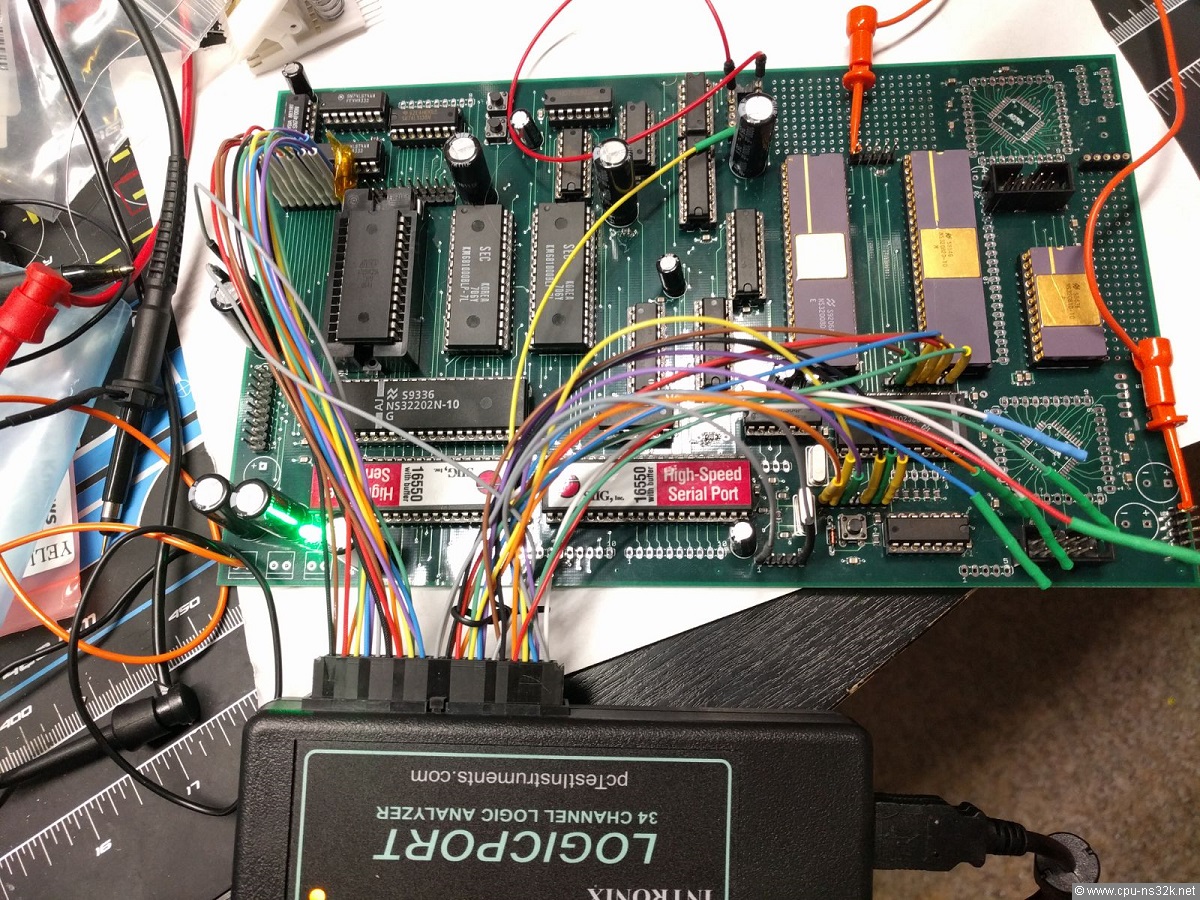
Fig. 7. The board is being tested. The MMU is still present.
The board is running with the MMU installed. As long as the CPU is not trying to access the MMU nothing serious will happen. And the documentation says that the required instructions are disabled.
Vince made a short video about the moment when the boards shows a first sign of working: It's alive!
Some NS32332 CPUs...
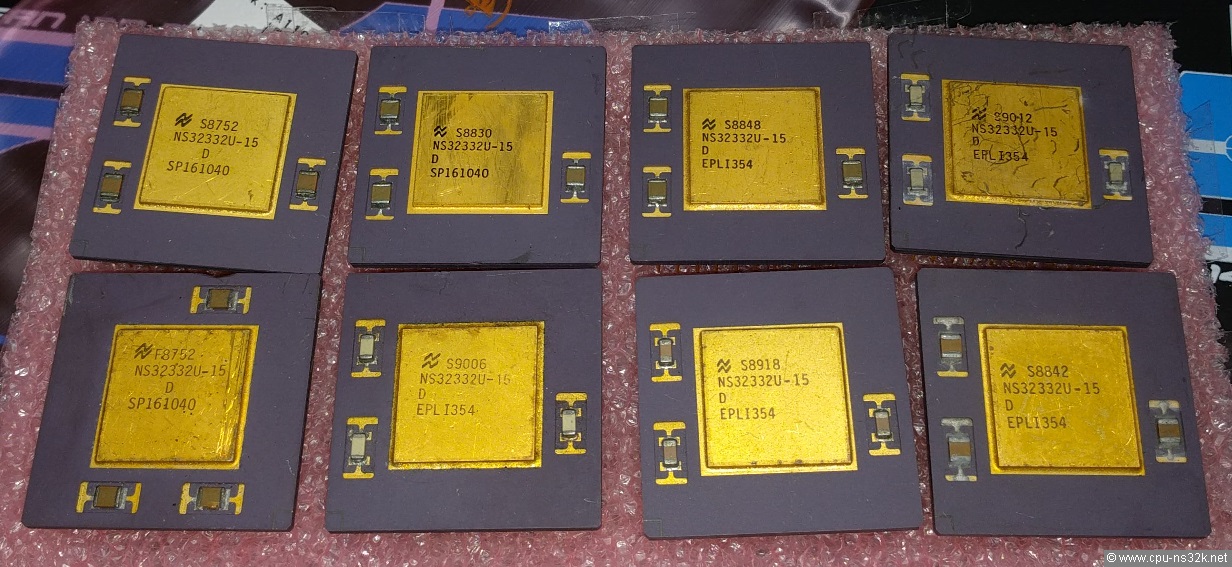
Fig. 8. An impressive collection of 15 MHz NS32332 CPUs. Only two of them have the same date code.
The seller of the NS32332 in Figure 8 has no memory about the systems using the CPUs. They are gone forever.
... and even more NS32532 CPUs
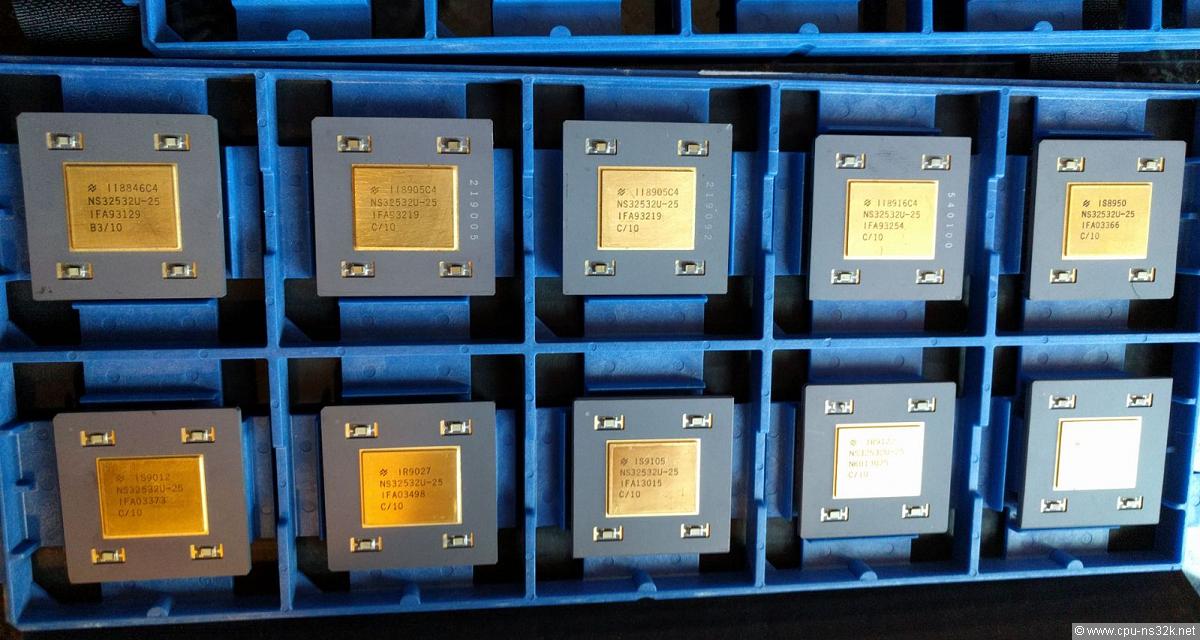
Fig. 9. What will Vince do with so many NS32532 CPUs? He will build a multiprocessor system...
It is astonishing that in 2018 so many NS32532 can be bought. Of course you have to be lucky to find the seller.
The next project: restarting a Whitechapel MG-1
When Vince became aware of the Whitechapel MG-1 he was immediately fascinated like myself. In July 2020 he bought one at ebay. The machine came without the original monitor. But it contains a hard disk. Whether this hard disk is still functional is an exciting question.

Fig. 10. The MG-1 is an impressive computer.

Fig. 11. As a workstation the MG-1 has a large main memory. This one uses three memory expansion cards for a total memory capacity of 2 Mbytes.
This MG-1 must be one of the first machines. The main memory is made of 64-kbit DRAM devices. This means that for 2 Mbytes 256 DRAMs were used which is area and power consuming and expensive. Later 256-kbit DRAMs were used. Manufacturers for the 64-kbit DRAMs used were Mostek and INMOS. They were famous semiconductor companies in the 1980's but forced out of the DRAM business by japanese companies. Later they were eliminated completely.
This chapter was last modified on 6 August 2020. Next chapter: Whitechapel